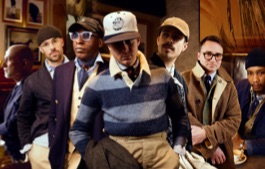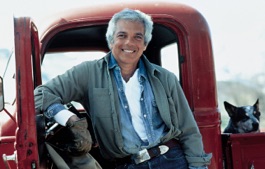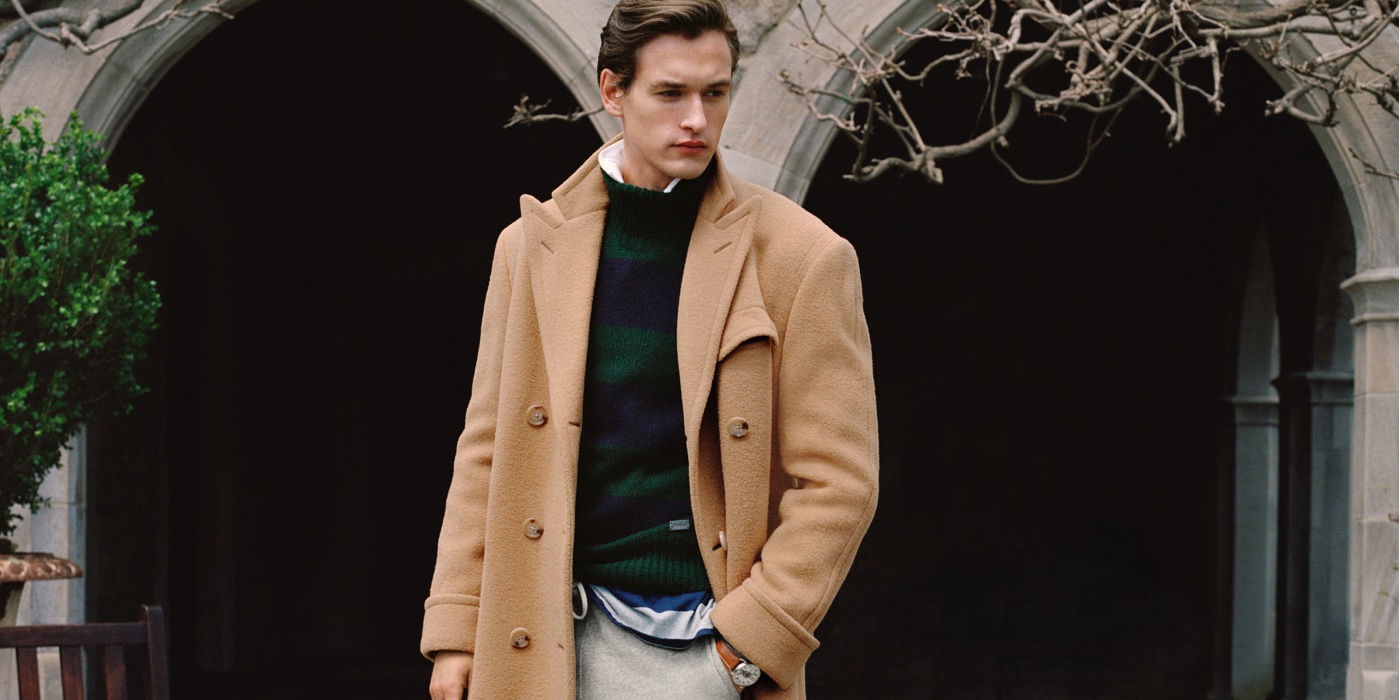
The case for the Coat
This season, make a statement piece of outerwear your sartorial calling cardMen who love to dress love the arrival of cool weather. Summer is about lightness and responding to heat, about finding an elegant solution to wearing less. But in winter more is more—more patterns, more layers, more texture. The great fabrics come out as the temperature drops—bring on flannel, corduroy, and tweed! Yes, it’s all happening as the days get shorter. And it all starts with a great coat.
A good coat is more than just a coat. It announces your point of view as you walk down the street. It’s the first thing a stranger sees when you pass them by. A striking coat says you’re someone to be reckoned with, that entrances and exits matter to you. A distinguished coat is worn by a man who deserves to be noticed and wants to be remembered. Years ago, I was walking up 10th Avenue in Chelsea and passed the late, great Richard Merkin who was with the dapper painter Duncan Hannah. They were both wearing long raglan tweed overcoats and schoolboy caps, as if it was the most natural thing in the world. I was so stunned by how great they looked that I could barely speak.
That’s the power of a coat. The January edition of Pitti is always my favorite because we get to see the overcoats that the Italian men are wearing (whether the weather is cold enough or not). The colors are only slightly more muted than the gelato. These men know they make a strong impression. And why shouldn’t first and lasting impressions matter? Your coat announces your intent as a man of many layers. It’s what you wear when you stride into a great restaurant or the lobby of the theater. You’ve put thought into your suit—now is not the time to cover it up with something unworthy of it.
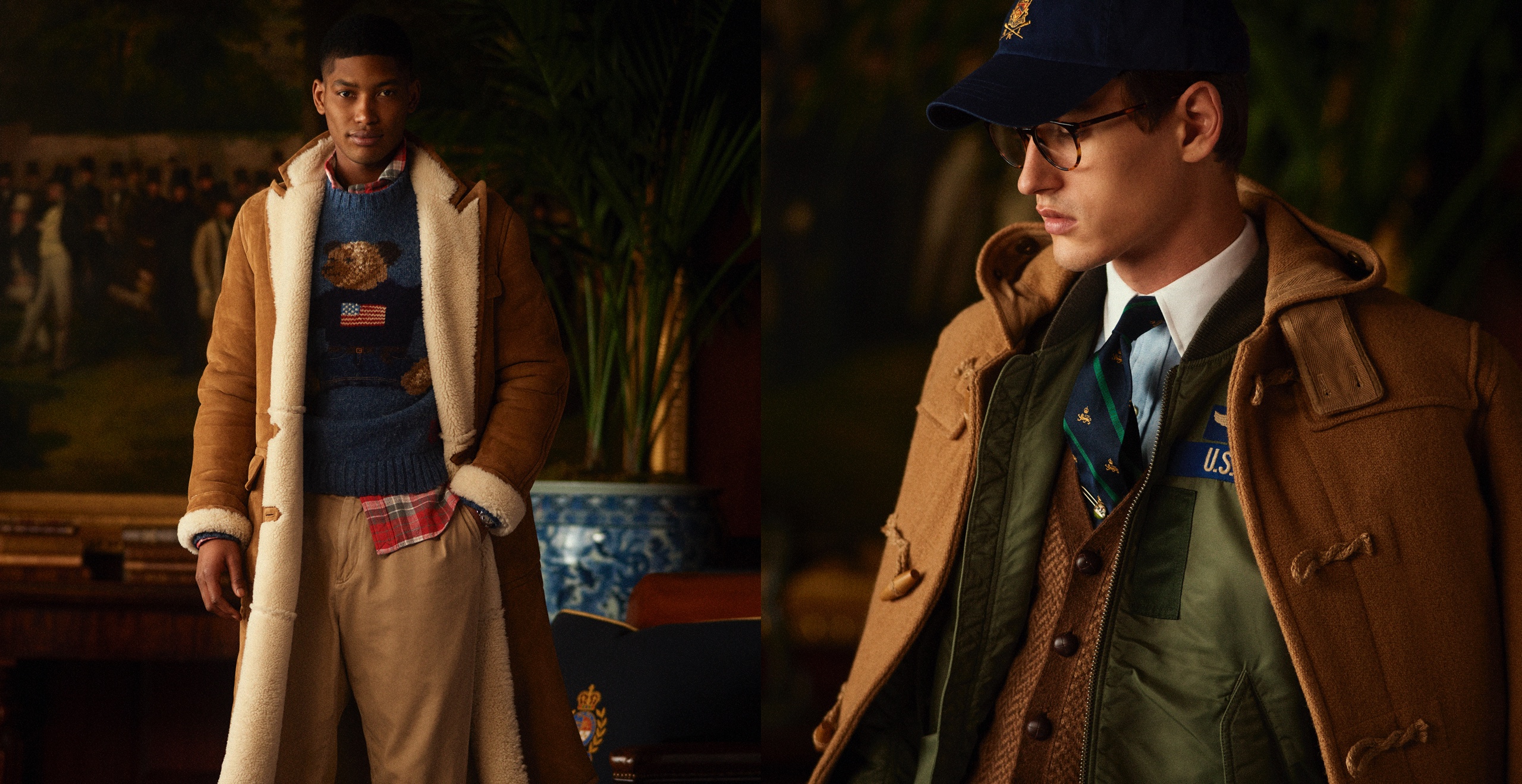
I’m not alone; every well-dressed man I know is passionate about his coats. When people ask me about investing in clothes, I tell them not to pass up a good coat or a good pair of shoes. Not only will they last you a long time and are vital to the equation of a well-dressed man, but on an emotional level it’s very hard to accept that you missed an opportunity to buy a good coat. It’s an investment piece that lasts you decades, and is one of the rare things that makes you look forward to winter.
Consider the greatcoat, with its epaulets and large collar that can be turned up for dramatic effect. It has a storied military history and makes an elegant introduction to all who encounter you. If you’re in a minimal mindset, then you can set it against a rollneck sweater. If you want to get more daring, then how about a chambray shirt and patterned tie? In either case, you look like somebody used to leading others, whether on a film set or on a mountaineering expedition.
A good coat will always be noticed. In the great J.D. Salinger story Just Before the War With the Eskimos, Ginnie, the heroine, meets a hilarious man in a Park Avenue apartment who quickly notices her coat. “It’s lovely. It’s the first really good camel’s hair I’ve seen since the war.” This is what can happen when you wear a serious overcoat (and camel hair is serious). The world bends to your will. Anybody in a camel-hair coat intrigues me. Whether they’re in jeans and loafers or an aggressive Ivy style (pinstripe suit and a repp tie), I want to know how they earned their confidence. The bold color says that you are at ease where others waver, that you have a personality that others want to know more about.
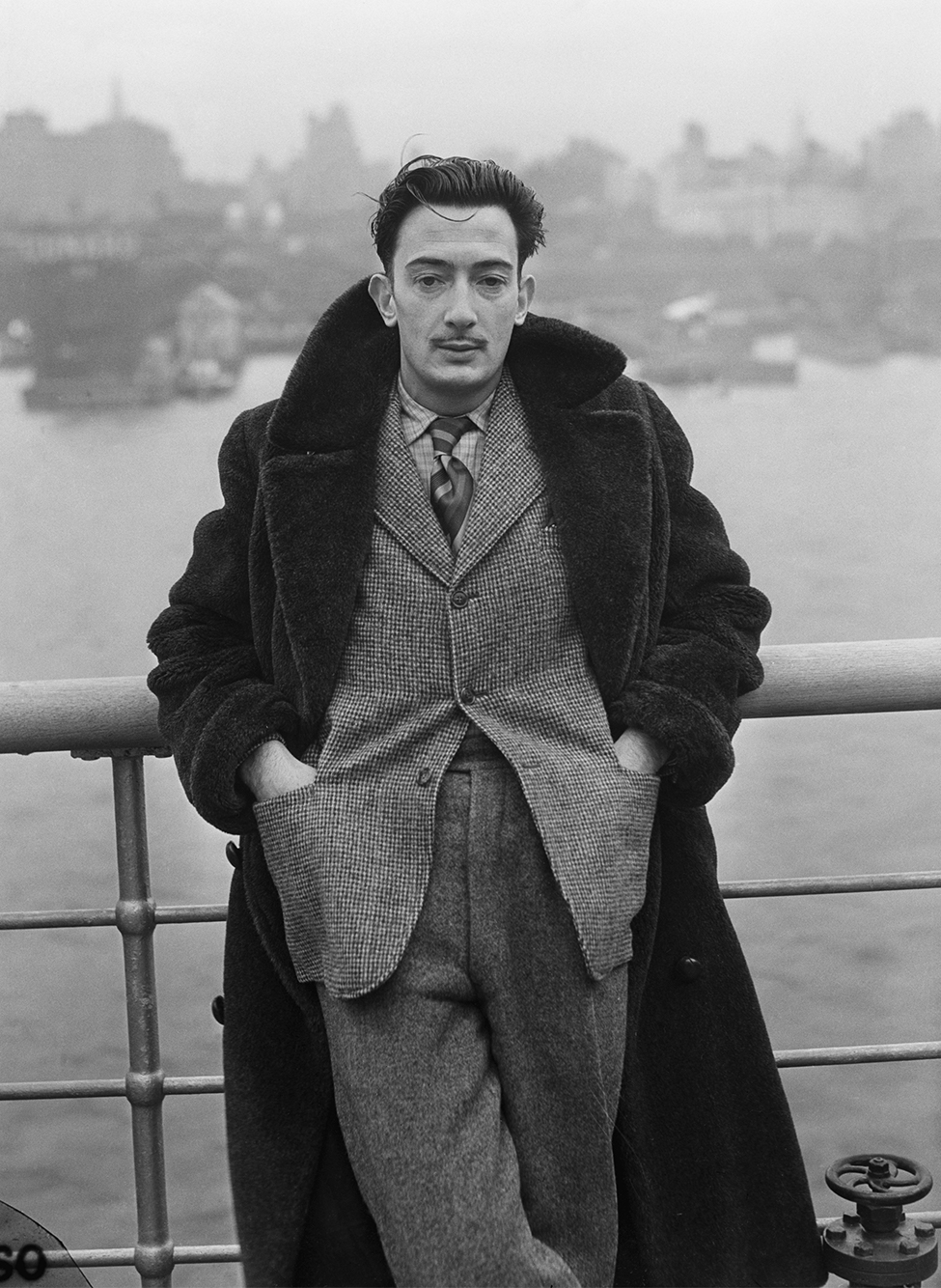
This special coat that you’ve gotten, that you’ve earned with your sense of occasion, will it only come out for special events? Absolutely not! This is your new uniform, a unifying theme of the season. It becomes you and should define your look. You can wear your wonderful new coat everywhere from the opera to the bodega. The coat can be thrown over the back of your seat at Film Forum or at the Army-Navy football game. It brings purpose to everything you do and sets a high bar of style everywhere you venture.
A strong coat is a worthwhile soloist, but it doesn’t have be formal or intimidating. If you’re dressed at your most casual, then throwing on your coat pulls you together in the most effortless way possible. You’re on your way to buy the paper Sunday morning, your overcoat is there, like the most elegant bathrobe ever made. As for accessories, my general rule is a patterned scarf with a solid jacket, and vice versa. I don’t need too much competition. But like many rules, that can be seasoned to taste and if you’re a sartorial adventurer, then raise the pattern stakes with still more pattern.
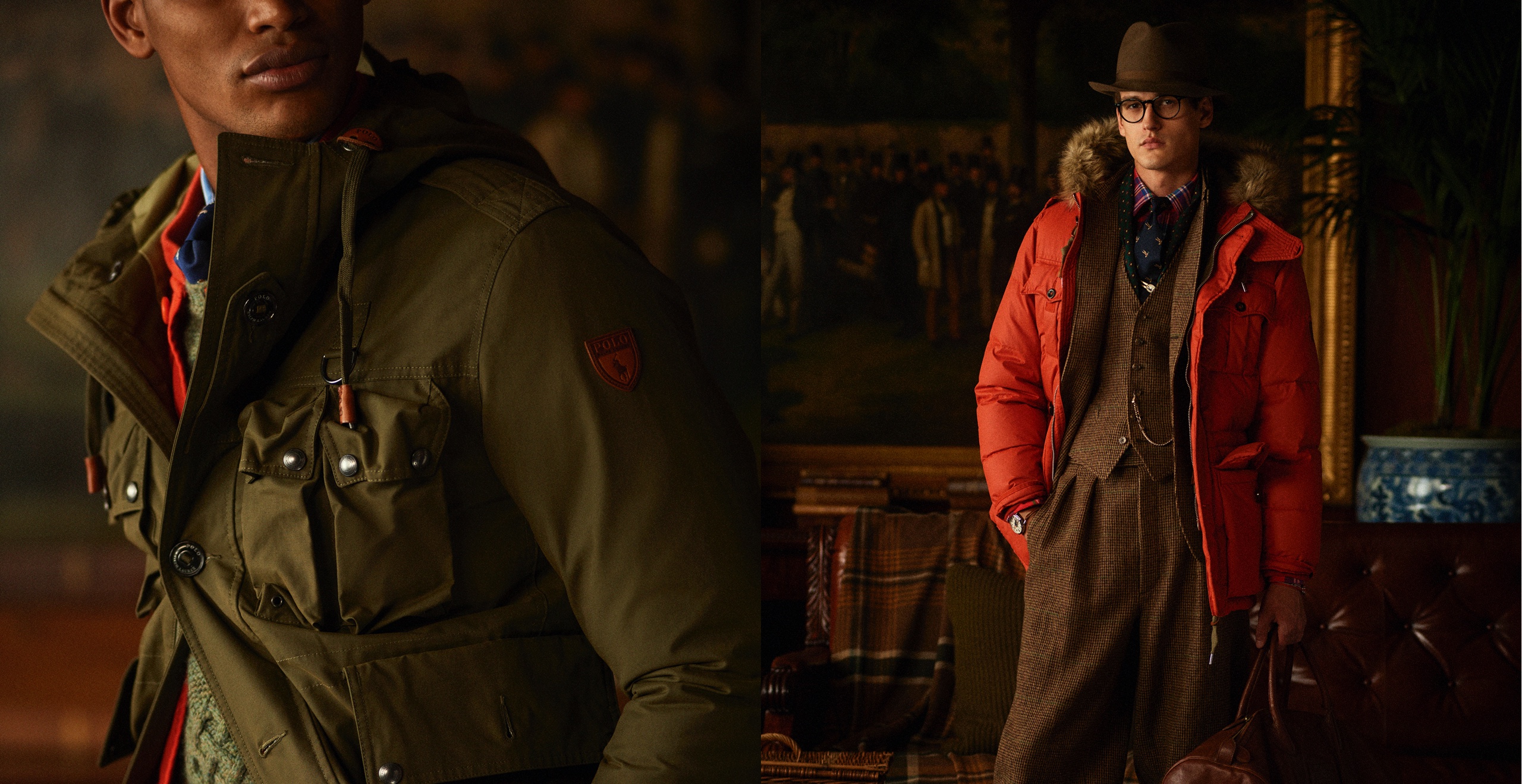
The history of jackets is, in many ways, the history of uniforms. That’s why they’re impressive, and also why they’re reassuring. We love the authority of the trench coat, in any material. And it’s great to see bombers with shearling linings. They’re sporty and active and flatter those who wear them—even if you didn’t just get off your motorcycle, people will think you did.
I remember when I was a boy in the ’80s, my father wore a tan and brown herringbone, double-breasted peak-lapel overcoat. I wasn’t old enough to know much about clothes (though I was hugely devoted to some knee-length shorts I had gotten in France). But I knew that this coat had power—I couldn’t articulate it then, but I could tell it was an impressive thing, that it granted him a sense of authority. That’s what good clothes can do. It won’t surprise you to know that his overcoat was from Ralph Lauren. He still has it. A good coat has an enduring power.
- © RALPH LAUREN CORPORATION
- Courtesy of Getty Images






